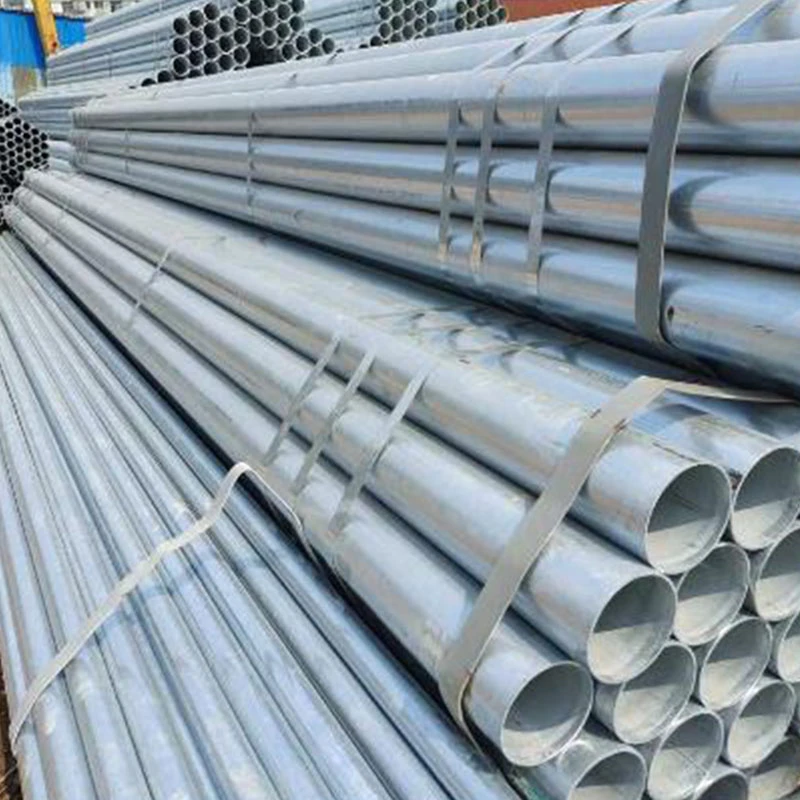-
Cangzhou Yulong Steel Co., Ltd.
-
Phone:
+86 13303177267 -
Email:
admin@ylsteelfittings.com
- English
- Arabic
- Italian
- Spanish
- Portuguese
- German
- kazakh
- Persian
- Greek
- French
- Russian
- Polish
- Thai
- Indonesian
- Vietnamese
- Zulu
- Korean
- Uzbek
- Hindi
- Serbian
- Malay
- Ukrainian
- Gujarati
- Haitian Creole
- hausa
- hawaiian
- Hebrew
- Miao
- Hungarian
- Icelandic
- igbo
- irish
- Japanese
- Javanese
- Kannada
- Khmer
- Rwandese
- Afrikaans
- Albanian
- Amharic
- Armenian
- Azerbaijani
- Basque
- Belarusian
- Bengali
- Bosnian
- Bulgarian
- Catalan
- Cebuano
- China
- China (Taiwan)
- Corsican
- Croatian
- Czech
- Danish
- Esperanto
- Estonian
- Finnish
- Frisian
- Galician
- Georgian
- Kurdish
- Kyrgyz
- Lao
- Latin
- Latvian
- Lithuanian
- Luxembourgish
- Macedonian
- Malgashi
- Malayalam
- Maltese
- Maori
- Marathi
- Mongolian
- Myanmar
- Nepali
- Norwegian
- Norwegian
- Occitan
- Pashto
- Dutch
- Punjabi
- Romanian
- Samoan
- Scottish Gaelic
- Sesotho
- Shona
- Sindhi
- Sinhala
- Slovak
- Slovenian
- Somali
- Sundanese
- Swahili
- Swedish
- Tagalog
- Tajik
- Tamil
- Tatar
- Telugu
- Turkish
- Turkmen
- Urdu
- Uighur
- Welsh
- Bantu
- Yiddish
- Yoruba

Nov . 01, 2024 15:00 Back to list
25mm Flange Specifications and Application Insights for Various Industries
Understanding 25mm Flange Key Insights and Applications
Flanges play a crucial role in piping systems across various industries, serving as a connection point to secure pipes, valves, pumps, and other equipment. One commonly referenced size in the realm of flanges is the 25mm flange, which is notably significant due to its versatility and industrial applications. This article delves into the specifics of the 25mm flange, exploring its features, types, and uses.
Definition and Features
A flange is a mechanical component characterized by a flat, circular plate that features holes along its circumference for bolting with a corresponding flange on another piece of equipment. The 25mm flange, as the name suggests, has a nominal diameter of 25 millimeters. This size is particularly appreciated in systems that require sturdy yet compact connections, such as in plumbing, HVAC, and smaller-scale mechanical setups.
One of the main features of a 25mm flange is its ability to provide a reliable seal and connection under various pressure and temperature conditions. The choice of materials—such as stainless steel, carbon steel, or PVC—can greatly influence the flange's performance and suitability for specific applications. Additionally, flanges can be flat, raised, or groove-faced, depending on the sealing requirements and the nature of the materials being joined.
Types of 25mm Flanges
There are several types of 25mm flanges used in different applications
1. Slip-On Flange This type is designed to easily slip over the end of the pipe. It is typically welded on both sides for secure attachment.
2. Blind Flange Used to seal the end of a piping system, blind flanges prevent the flow of fluid or gas. They are essential for maintenance and inspection purposes.
25mm flange

3. Socket Weld Flange This type allows the pipe to be inserted into the socket of the flange, providing a stronger and more secure joint.
4. Lap Joint Flange Often used with a stub end, this flange type allows for easy alignment and disassembly, making it suitable for applications requiring frequent maintenance.
5. Threaded Flange Designed for systems where welding isn't feasible, the threaded flange screws onto the pipe, providing a secure connection without welding.
Applications
The 25mm flange finds application in various settings, including residential plumbing, industrial manufacturing, food processing, and chemical industries. In residential plumbing, it is often utilized to connect smaller diameter piping systems securely. In industrial settings, these flanges provide a robust method of connecting components, ensuring the integrity of operations under pressure.
Food processing industries require flanges that can withstand cleaning chemicals, making stainless steel 25mm flanges particularly important. Likewise, in the chemical sector, the selection of materials for flanges must consider potential reactions with the substances being handled.
Conclusion
The 25mm flange is a small yet vital component in numerous systems. Understanding its features, types, and applications is essential for engineers and technicians working with piping and fluid systems. By selecting the appropriate flange based on specific needs, industries can ensure safety, integrity, and efficiency in their operations. Thus, whether in a home, factory, or large-scale processing plant, the significance of the 25mm flange cannot be overstated.
Latest news
-
ANSI 150P SS304 SO FLANGE
NewsFeb.14,2025
-
ASTM A333GR6 STEEL PIPE
NewsJan.20,2025
-
ANSI B16.5 WELDING NECK FLANGE
NewsJan.15,2026
-
ANSI B16.5 SLIP-ON FLANGE
NewsApr.19,2024
-
SABS 1123 FLANGE
NewsJan.15,2025
-
DIN86044 PLATE FLANGE
NewsApr.19,2024
-
DIN2527 BLIND FLANGE
NewsApr.12,2024
-
JIS B2311 Butt-Welding Fittings LR/SR 45°/90° /180°Seamless/Weld
NewsApr.23,2024











